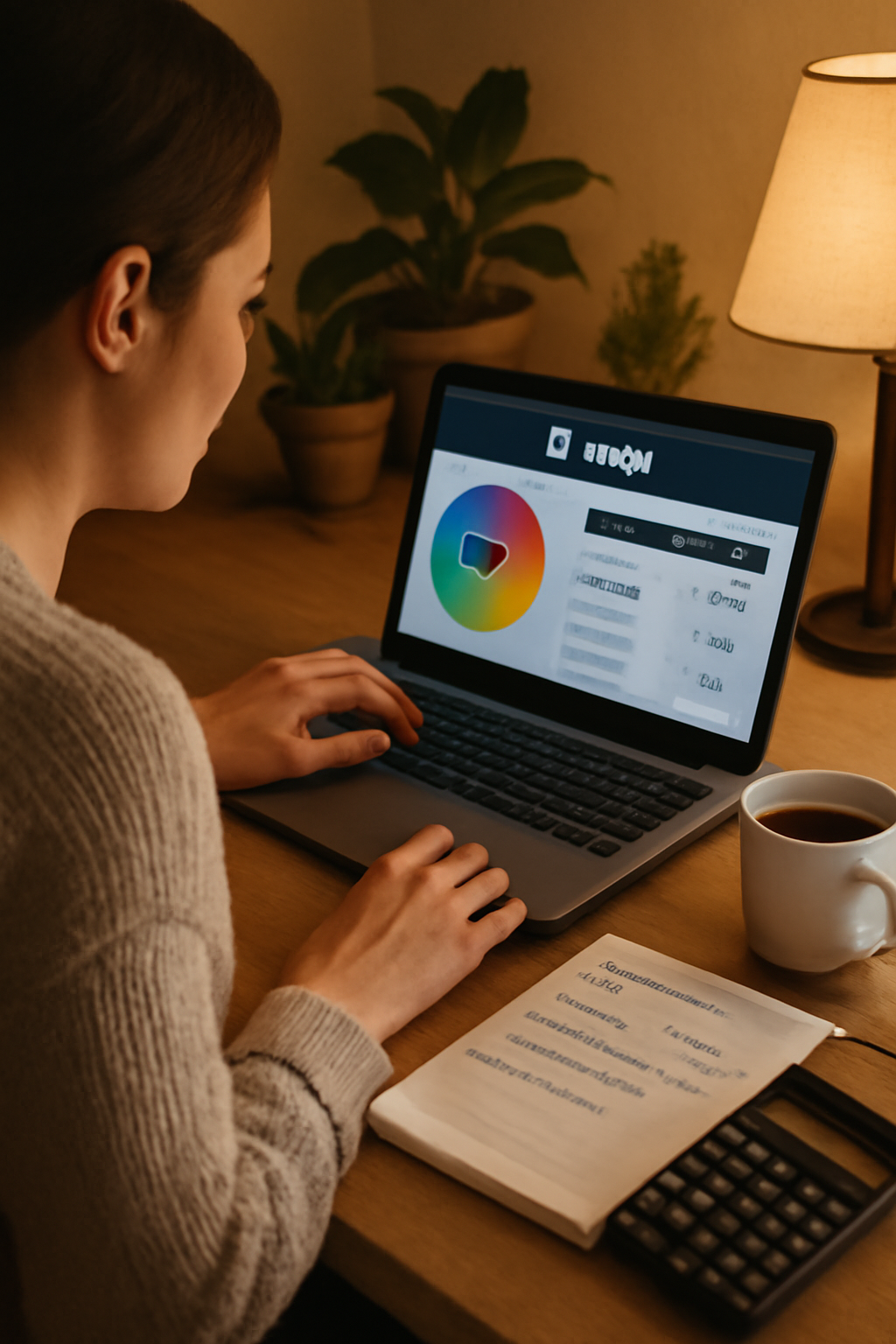Introduction:
Organizing your personal budget is one of the most important steps in managing your finances effectively. Whether you’re looking to save money, pay off debt, or simply gain a better understanding of your financial situation, a well-organized budget is the key to achieving your goals. In this article, we’ll walk you through the essential steps to create and maintain a budget that works for you.
Step 1: Track Your Income and Expenses
The first step in organizing your budget is understanding how much money you earn and how much you’re spending. Start by tracking all sources of income, including your salary, freelance work, or any passive income streams. Once you have a clear picture of your income, it’s time to track your expenses. Record every purchase, from monthly bills to small everyday costs, such as coffee or snacks.
Step 2: Categorize Your Expenses
Once you have a clear list of your expenses, it’s time to categorize them. Typical categories include:
- Fixed expenses: These are regular, unchanging costs, such as rent, utilities, and subscriptions.
- Variable expenses: These can change month to month, like groceries, entertainment, or transportation.
- Savings and investments: Allocate a portion of your income for savings and investments, ensuring that you are building wealth for the future.
- Debt repayments: If you have loans or credit card debt, make sure to include them in your budget as well.
By categorizing your expenses, you’ll get a clearer view of where your money is going and where you can make cuts if necessary.
Step 3: Set Realistic Spending Limits
Once your expenses are categorized, it’s time to set spending limits for each category. Be realistic about what you can afford, and ensure that your spending aligns with your financial goals. For example, if your goal is to save 20% of your income, ensure that your fixed and variable expenses leave enough room for this savings.
Setting limits also means being honest with yourself about your lifestyle. If you’re spending too much on dining out, entertainment, or impulse purchases, it’s important to adjust and prioritize your financial goals.
Step 4: Use Budgeting Tools and Apps
There are several tools and apps available to help you organize your budget. Budgeting apps like Mint, YNAB (You Need A Budget), and PocketGuard can sync with your bank accounts and credit cards, making it easy to track your income and expenses in real-time. These apps can also help you categorize your spending and remind you when bills are due.
If you prefer a more hands-on approach, using a simple spreadsheet can also work. There are many budget templates available online that you can download and modify according to your needs.
Step 5: Plan for Irregular Expenses
Irregular expenses, like car repairs, medical bills, or seasonal purchases, can throw off your budget if you’re not prepared for them. It’s important to plan for these expenses by setting aside money each month in a separate fund. This “rainy day” fund will help cover unexpected costs without disrupting your regular budget.
Step 6: Review and Adjust Your Budget Regularly
A budget is a living document. It’s important to review it regularly and make adjustments as needed. If you experience a change in income, such as a raise or loss of a job, update your budget to reflect that change. Similarly, if you achieve financial goals, such as paying off a debt, use the extra money for savings or investments.
Don’t forget to track your progress. If you find that you’re consistently overspending in a certain category, reassess your priorities and make adjustments.
Conclusion:
Organizing your personal budget is an ongoing process, but with the right tools and a clear plan, you can take control of your finances and make meaningful progress toward your financial goals. Remember, the key to a successful budget is consistency and flexibility. Adjust as needed and stay committed to your financial well-being.
